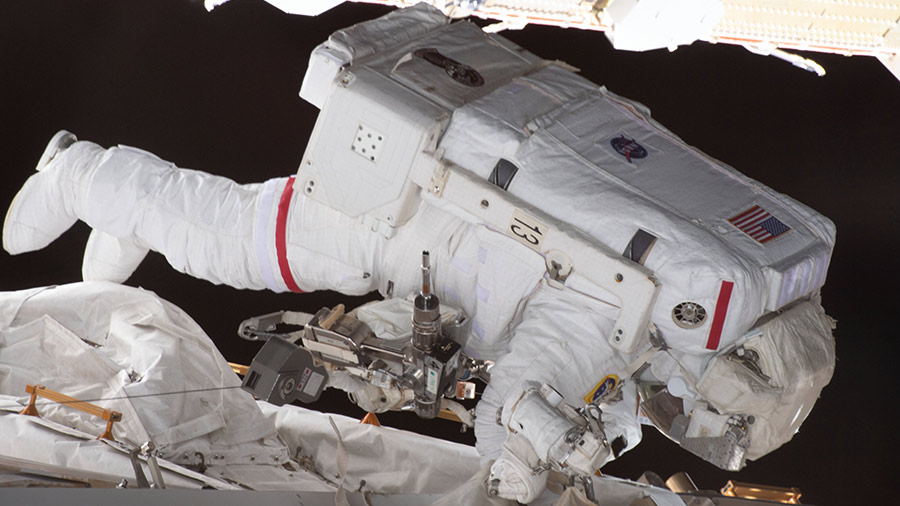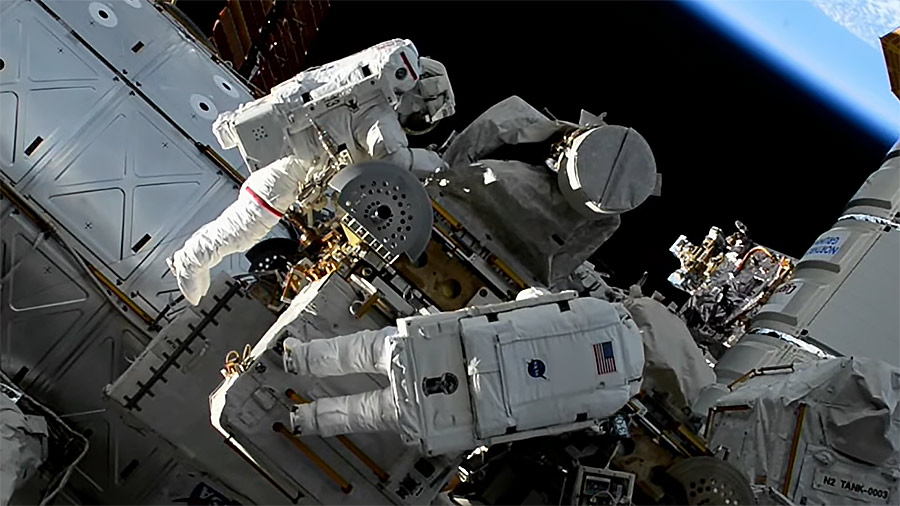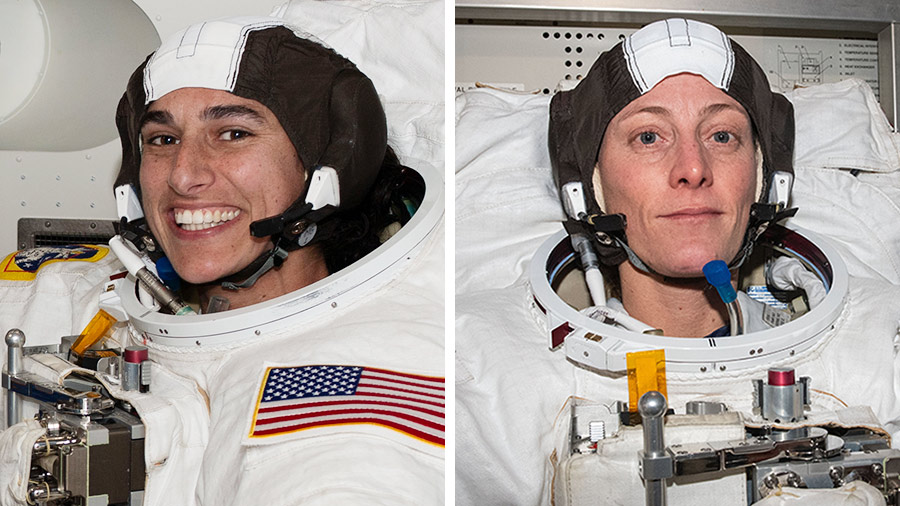
Human research and space manufacturing packed the science schedule aboard the International Space Station once again on Tuesday. The Expedition 70 crew also continued its post-spacewalk cleanup activities and cargo craft work.
Keeping crews healthy and in shape while living in the weightless environment of a spacecraft is a key priority for NASA and its international partners. Two space biology studies taking place today on the orbital lab are looking at how microgravity affects immunity and physical fitness as astronauts prepare for longer missions farther away from Earth.
Commander Andreas Mogensen from ESA (European Space Agency) spent the morning moving back and forth between the Harmony module and the Columbus laboratory module processing blood samples. Mogensen retrieved sample tubes that had been incubated, placed them in a centrifuge for spinning, then stowed them in a science freezer for later analysis. The biomedical work is supporting the Immunity Assay experiment that is observing space-caused cellular stress and tissue damage and how it may impact human immunity.
Flight Engineers Satoshi Furukawa and Jasmin Moghbeli took turns today pedaling on an exercise cycle in the Destiny laboratory module for a fitness evaluation. During the first workout session, Furukawa from JAXA (Japan Aerospace Exploration Agency) activated the advanced cycle, attached sensors to himself, and wore breathing gear while pedaling for an hour. Moghbeli from NASA then followed him strapping herself onto the exercise cycle and pedaling as the instrumentation measured her aerobic capacity and oxygen uptake.
Moghbeli also joined up with fellow NASA astronaut Loral O’Hara cleaning spacesuit components and stowing tools following their first spacewalk together last week. The duo also worked on life support tasks including analyzing water samples for microbes, inspecting orbital plumbing components, and cleaning a carbon dioxide removal device.
3D printing research was underway again in the orbiting lab’s Russian segment as veteran cosmonaut Oleg Kononenko activated the payload to demonstrate manufacturing tools and supplies in space to promote self-sufficient crews. First-time Flight Engineer Nikolai Chub packed trash and discarded gear in the Roscosmos Progress 84 cargo craft that is targeted to end its mission at the of November. Konstantin Borisov, also a first-time cosmonaut, wore a cap packed with sensors as he explored futuristic spacecraft and robotic piloting techniques to inform potential planetary missions.
Learn more about station activities by following the space station blog, @space_station and @ISS_Research on X, as well as the ISS Facebook and ISS Instagram accounts.
Get weekly video highlights at: https://roundupreads.jsc.nasa.gov/videoupdate/
Get the latest from NASA delivered every week. Subscribe here: www.nasa.gov/subscribe






